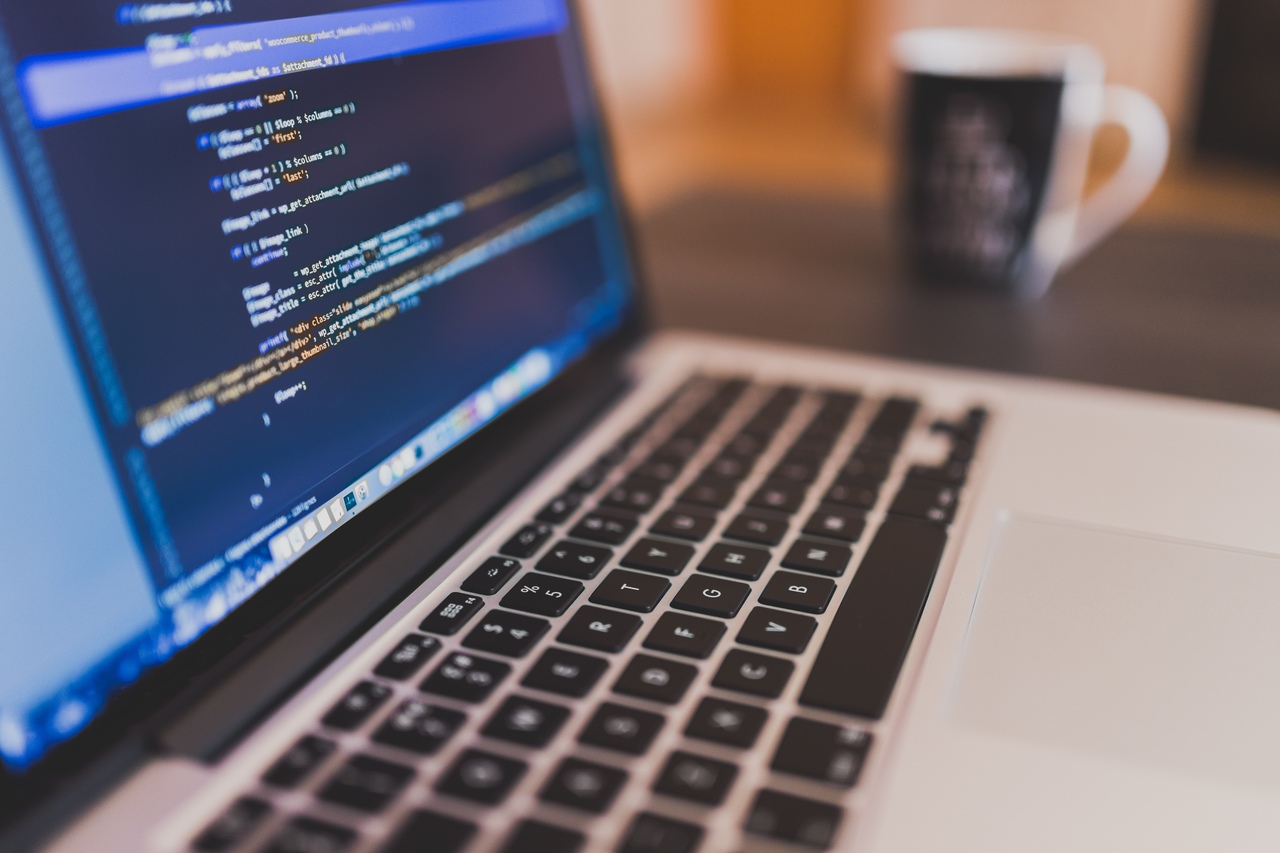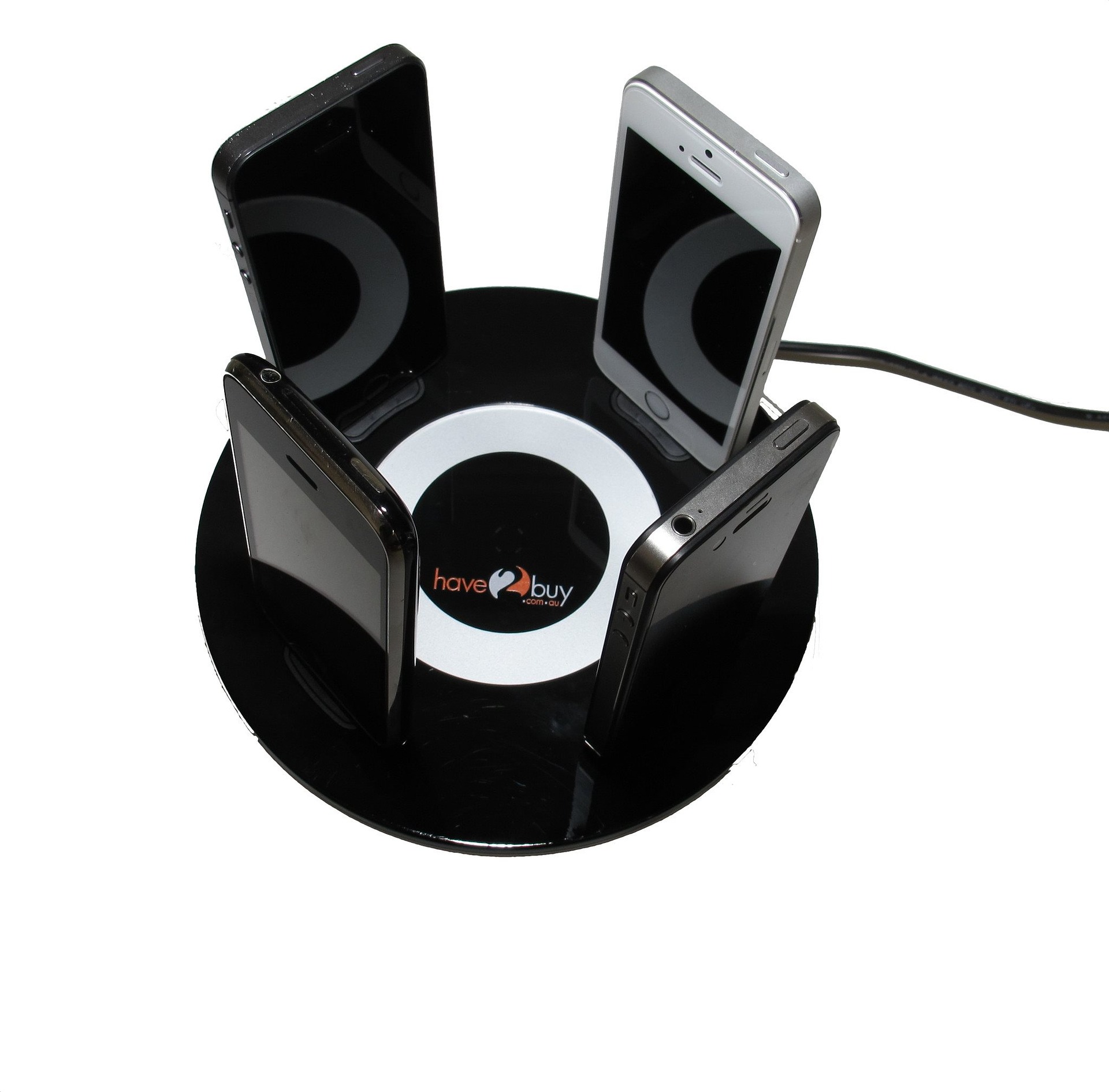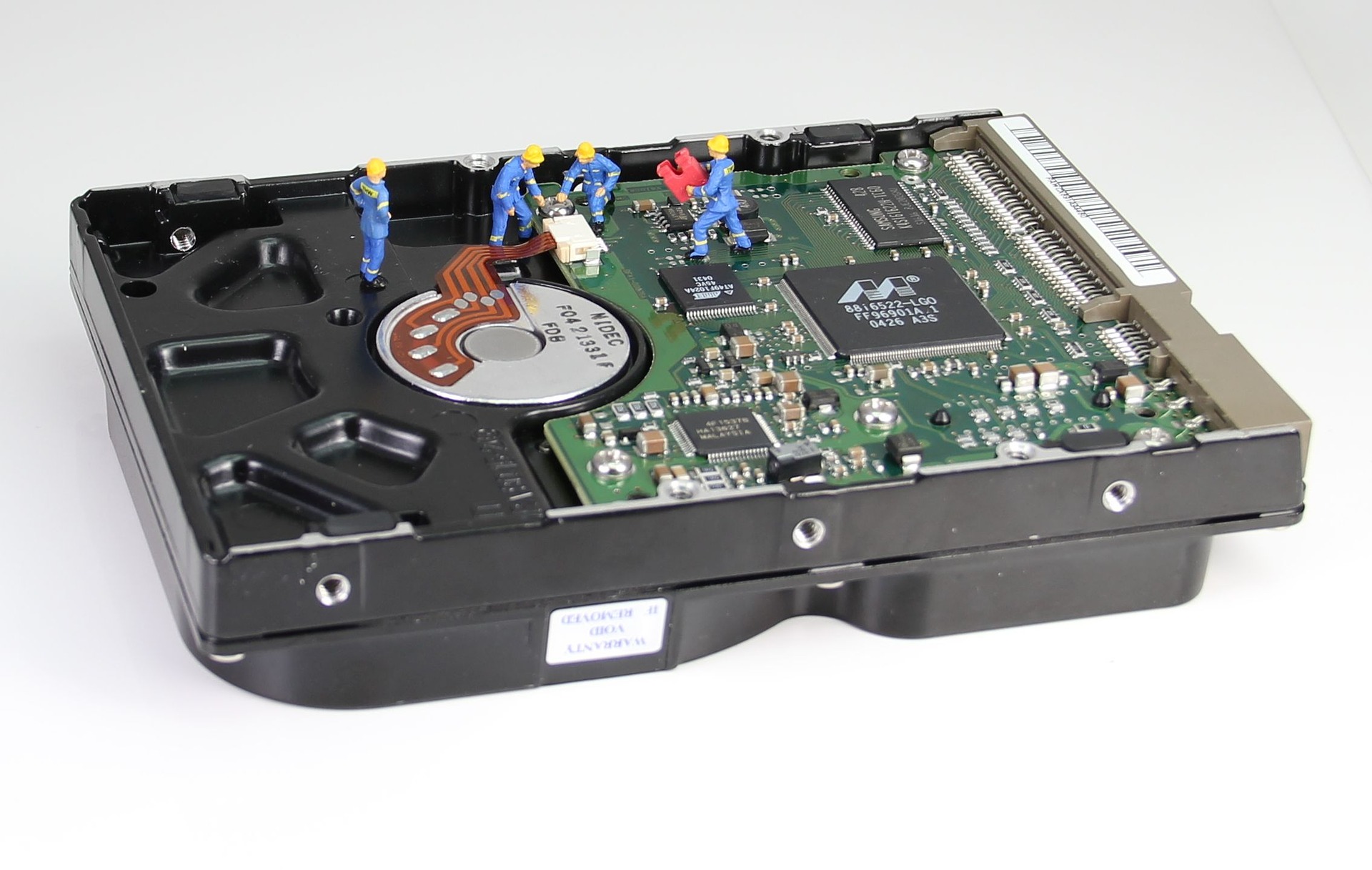Interview transcription – everything you need to know about it. Very often there are situations in which we need to instantly transform a recording from an audio or audiovisual form to a text form. This type of phenomenon is called transcription. Professional transcribers do not have an easy task. In order to earn in this field, you need fast typing skills, as well as above-average memory, so that rewriting will be more beneficial. What exactly is an interview transcript? How to do it and what factors affect the speed of its implementation? What applications can be useful for transcription? You will find answers to these questions by reading this article.
What is an interview transcript?
Interview transcription is simply a transcription of an interview, usually in the form of an audio or video recording. The person who deals with it has to listen to the material and create a text document on an ongoing basis. As a rule, in the case of an interview we deal with two people. On one side there is a moderator, that is, the one who asks questions, and on the other, the respondent gives answers. The real difficulties begin when more than 2 people participate in the interview.
- https://www.eventualnosci.pl/gdzie-moge-kupic-witamine-a/
- https://www.icono-kreatywni.pl/bledy-popelniane-przy-sprzedazy-mieszkan-w-warszawie
- https://www.art4web.biz.pl/kurs-terapii-manualnej-na-co-sie-zdecydowac/
First of all, you should know that there are two types of transcription: standard and full. The former consists of writing down precise statements, but ignoring noises (sighs, pauses, etc.), interjections and repetitions. Then the whole thing is performed correctly in terms of both grammar and syntax, however, the meaning of the statement is by no means changed. Full (literal) transcription is rewriting word for word. Then we also take into account everything we rejected in the standard transcript. Interestingly, we even include grammar errors and repetitions that do not look attractive. In most cases, however, standard transcription is performed because it is more interesting for the reader and provides the most important information that may not be seen in the full transcription.because it is more interesting for the reader and provides the most important information that cannot be seen in the full transcript.because it is more interesting for the reader and provides the most important information that cannot be seen in the full transcript.
Types of interviews.
As a rule, three types of interviews are distinguished: in-depth, focus, partially structured. The former is by far the most frequently chosen because it provides all the necessary information on a given topic. In this case, the interviewer has already prepared a list of interesting questions. The focus interview takes place in the form of a casual discussion. As a rule, several respondents participate in it, and they are carried out by a previously trained moderator. Most often it is performed for marketing purposes, and during it, information about individual services or products is obtained. For semi-structured interviews, both open and closed questions are asked. Its purpose is to obtain any statistical information, as well as extended on the exact topic.
Transcription – how to do it?
To start transcribing, you will need headphones, an appropriate program for playing recordings, and a text document. Now you just need to play the sound and start typing the exact text. Unfortunately, as a rule, a person is not able to transcribe from the beginning to the end of the recording without stopping the recording even for a moment. It is important to effectively separate the moderator’s statement from the respondent’s statement. In the case of transcribing an interview, we should also pay attention to the time stamps that occur approximately every 10 minutes. You should remember about a few important rules. First of all, the transcription must be literal. Incomprehensible words are recorded the way they were heard, and this should also be time stamped. Interrupting statements are marked with an ellipsis, and if you hear only a fragment of a word, you must write it down. Put items such as laughter, stuttering, crying, and agitation in square brackets.
Transcription applications.
Interestingly, both the phone and the computer, you can download special applications that can help us in a meaningful way during transcription. Unfortunately, this is a solution only for beginners, because this type of software has quite a lot of disadvantages. Often times, words are misspelled without any punctuation marks. This is true even if you have good quality equipment, so professionals are much better at writing on their own.
Factors that affect the speed of transcription.
Experience is of course the most important, but the quality of the recording is also important. It has a great influence on the speed of transcription. Of course, if it is high, it will take much shorter to create a text file than if the quality of the recording is very poor. It is also important how many participants take part in the interview. The more there are, the more difficult it becomes to transcribe. The last factor is the subject of the interview. If it is specialized, understanding some of the issues may prove to be much more difficult.












